This is custom heading element
[post-fields post_field=”wpcf-subtitle”]
[post-fields post_field=”wpcf-byline”]
After more than a year of remote learning, many students are hoping for a return to normalcy this school year. Yet children will likely face lingering mental health challenges from the pandemic. One recent survey students showed 46 percent of students reported that feelings of depression, stress or anxiety hindered their schoolwork during remote learning. This was especially true for students of color and low-income students and those who reported more impediments to learning. Many psychologists also believe the return to school comes with a whole new host of potential stressors.
Erin Mason is an assistant professor for school counseling in Georgia State’s College of Education & Human Development. She says staying flexible and responsive is critical for schools in the year ahead.
Surveys have shown a huge uptick in mental health issues among young people. What do we know about the role that the pandemic played?
Prior to the pandemic, we were already seeing an increase in rates of anxiety and depression among children and teens in the U.S. Schools were trying to respond and invest more in social and emotional learning, but that was a drop in the bucket. A meta-analysis of multiple studies from various countries suggests depression and anxiety have doubled in kids under 18 during the pandemic. We’re still understanding the full impact in the U.S., but it’s something we have to take seriously.
Going forward, a lot depends on what happens with COVID-19 and how schools respond. The pandemic is still happening, and I fully expect mental health to be an ongoing concern. If some schools have to return to virtual learning, it could reintroduce a lot of the stressors from last year, bringing back all that anxiety around the uncertainty. We also have to remember there is a racial injustice pandemic happening as well. Mental health is being challenged on so many fronts.
How did the pandemic affect students’ access to mental health services?
It can be more difficult to access services outside of school. Some school counselors couldn’t address students’ needs because they couldn’t reach them at home or online, and the daily interactions at school — even the small ones that tell you something is wrong — weren’t happening.
We’re also learning from new research that counselors were tasked with a lot of other things besides counseling during the pandemic. In some cases, schools prohibited their counselors from providing counseling. That can’t continue to happen.
What do we know about how the reopening is affecting kids’ mental health?
From talking with school counselors, we’re seeing potential stressors on a number of fronts, mainly grief, anxiety, stress and depression, and the need to relearn social skills — or learn them for the first time. A lot of students have lost family members as a result of COVID and maybe haven’t had a chance to process that. Some kids want to go back to school, some are nervous. It will be important to let these kids adjust to being back in the building and manage the stimulation of the hallways and busy schedules and the demands of the school day.
Many elementary school counselors are also concerned about the socialization factor for the youngest students who are coming into school buildings for the very first time. They are preparing to teach social skills and conflict resolution and help manage expectations for what a school day looks like.
We all want to return to some sense of what school used to look like, but the reality is that we really can’t count on that — and that creates stress.
What can schools do to ease the transition as the new school year gets underway?
We have to reset our expectations. It’s tricky because everyone wants to focus on the academics. And there is a sense of fear and desperation around what’s been called “learning loss,” which is a term I don’t like because it’s very deficit based. We’re telling kids that they’re behind when they had no control over the situation.
Students are not empty vessels. They’re showing up with grief or stress and anxiety along with their creativity and curiosity. In the beginning of the year, teachers and counselors should really work to understand what students need in terms of mental health. And rather than trying to just hit the ground running and filling them with information, they should be trying to figure out what kind of school climate needs to be in place to make them feel supported and engaged and connected. The academic aspect will be a challenge — but learning isn’t going to happen unless kids feel safe, valued and taken care of.
It sounds like you’re saying we need a sea change in the way we think about the purpose of school.
Yes. We absolutely need a more holistic approach, with school counselors at the table as decision-makers.
We have to acknowledge that days are hard to get through and we value our physical, mental and emotional well-being. You can’t just be grinding, grinding, grinding, working, working, working, every minute of the day. Culturally responsive and trauma-informed approaches must be the norm.
What about investing in more counselors or social and emotional learning tools?
If we had more school counselors in the building, we would be able to better address mental health concerns in a proactive and preventative way rather than from a crisis standpoint. School counselors often get pulled into things that are not counseling-related. They may do standardized testing, coordinate meetings or be assigned administrative tasks. Schools need to make sure that their counselors are freed up to do counseling. Counselors also need time to collaborate with other mental health professionals in the school and the community.
For students who have been socially isolated from their peers, how can we help them readjust and rebuild their relationships?
It probably needs to be low stakes, so it’s not necessarily a forced kind of interaction. There will be some kids who are naturally very outgoing and extroverted, and it will be easier for them to fall back into their socialization habits. Other students and even adults may need a longer period to reacclimate. For many people, returning to so-called “normal life” is going to be a process. Go slow, give space as needed and don’t expect each kid to have the same journey. No one has an instruction book to follow for any of this.
There are plenty of challenges in the year ahead. What are some of the positive things that we might look forward to this year?
There are opportunities to upend how we do things and to prioritize equity and justice in education. Educators have done so many creative and powerful things in the past year. I think the more we hand over some of the problem-solving to frontline educators and students, the more possibility for truly innovative ideas.
We also have a prime opportunity to shift away from our culture of busy-ness and constant productivity. We’ve seen a backlash to this recently as young athletes like Naomi Osaka and Simone Biles have stood up for their mental health. Schools can be influential in shifting away from that grind culture to a culture that focuses on a balance of healthy well-being and meaningful, quality work.

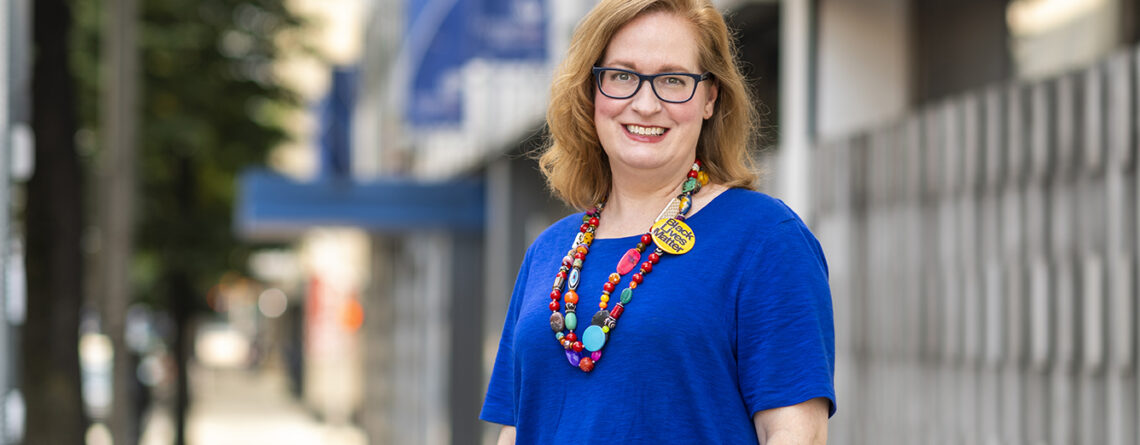
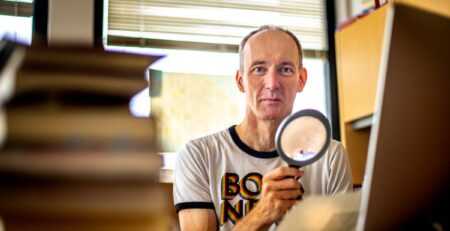


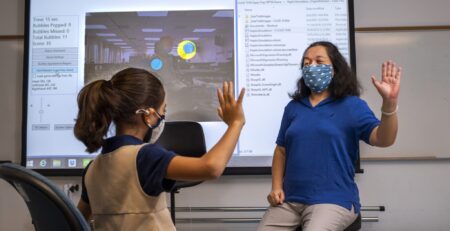
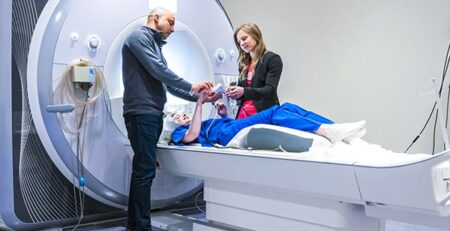



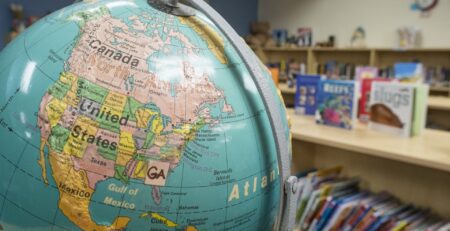

Leave a Reply